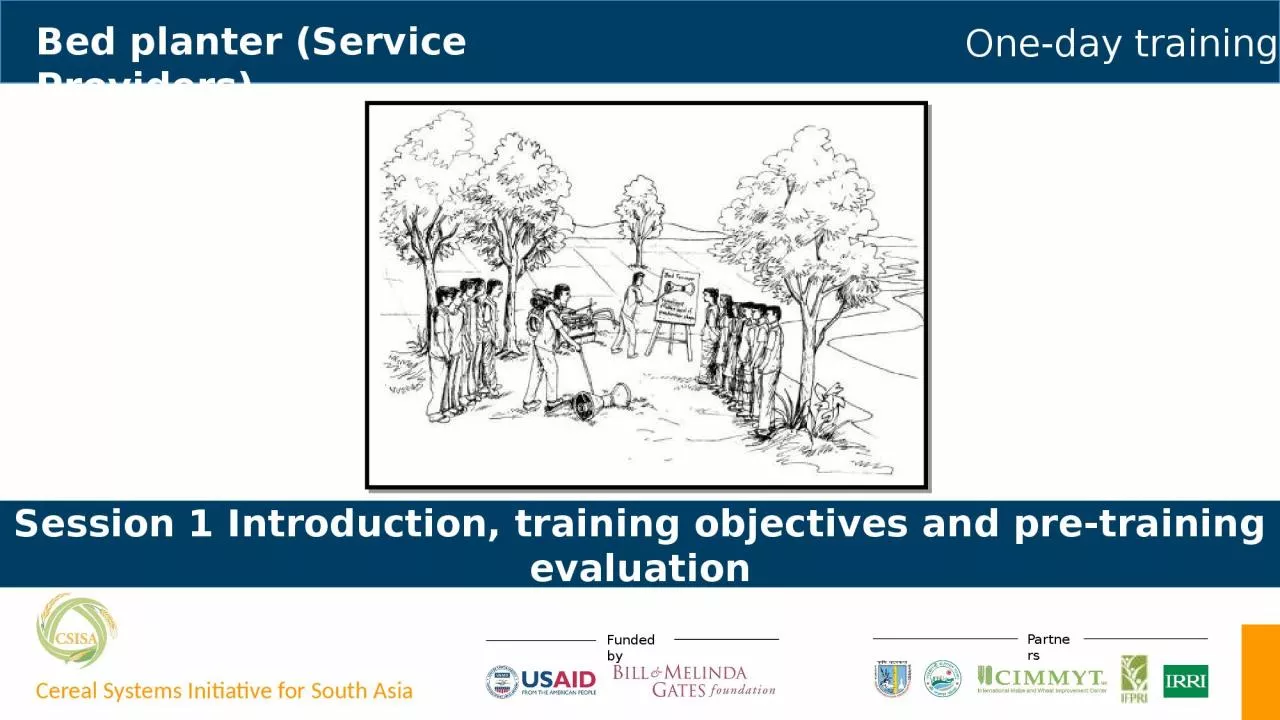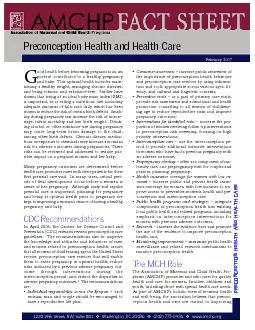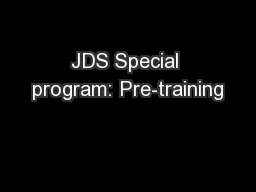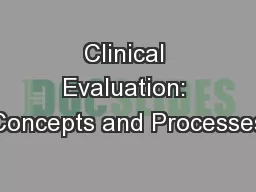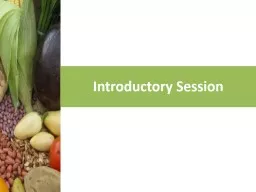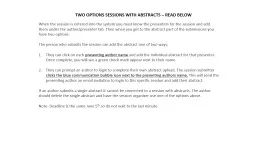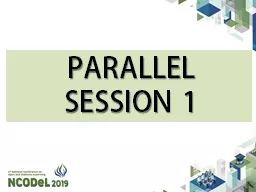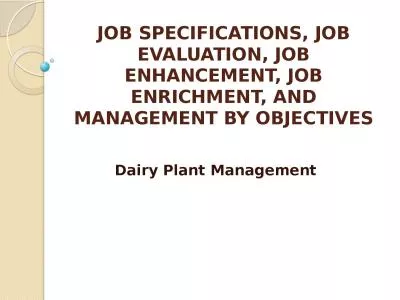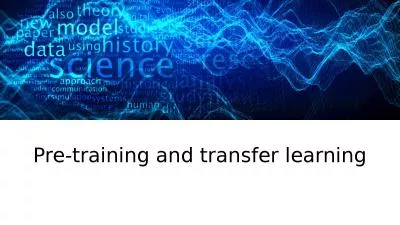PPT-Session 1 Introduction, training objectives and pre-training evaluation
Author : ida | Published Date : 2024-01-13
Oneday training Cereal Systems Initiative for South Asia Bed planter Service Providers Funded by Partners Oneday training Bed planter Service Providers What
Presentation Embed Code
Download Presentation
Download Presentation The PPT/PDF document "Session 1 Introduction, training objecti..." is the property of its rightful owner. Permission is granted to download and print the materials on this website for personal, non-commercial use only, and to display it on your personal computer provided you do not modify the materials and that you retain all copyright notices contained in the materials. By downloading content from our website, you accept the terms of this agreement.
Session 1 Introduction, training objectives and pre-training evaluation: Transcript
Download Rules Of Document
"Session 1 Introduction, training objectives and pre-training evaluation"The content belongs to its owner. You may download and print it for personal use, without modification, and keep all copyright notices. By downloading, you agree to these terms.
Related Documents

